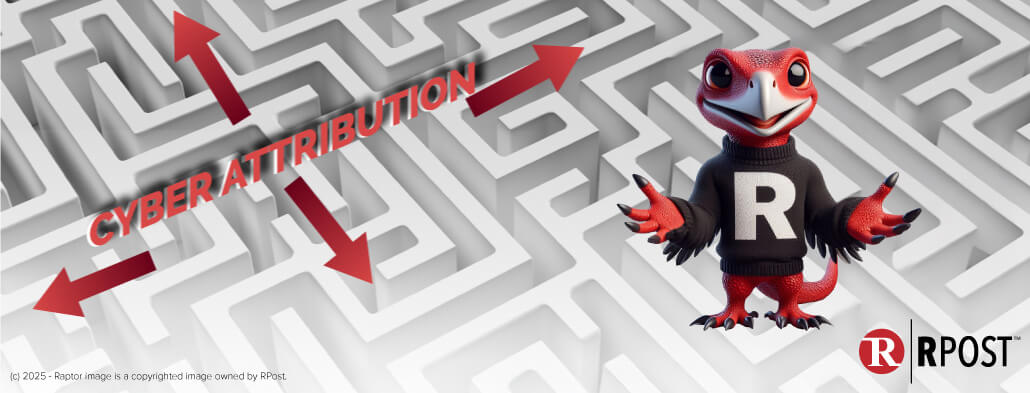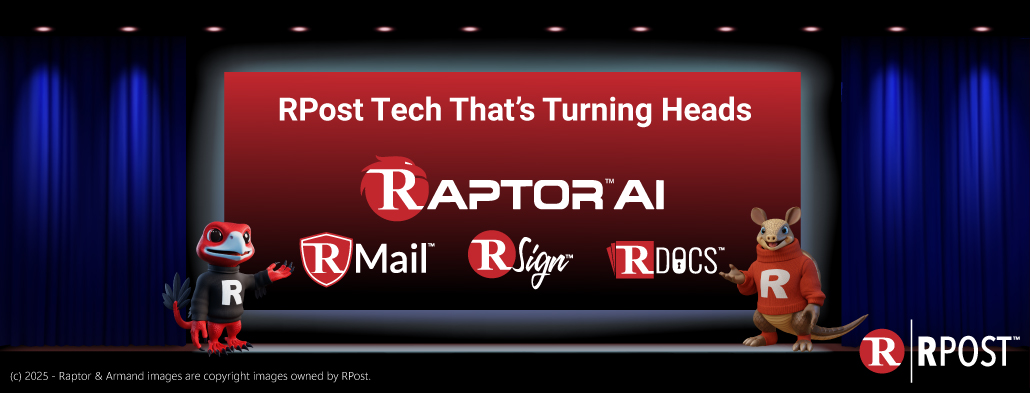
Rocky here, RPost’s raptor product evangelist for AI-infused cybersecurity. I thought I would share an important part of our RAPTOR™ AI security (so elegantly named after my species 😉).
Today I thought I would explain in simple terms why Gartner recently named RPost a Visionary for our PRE-Crime™ preemptive cybersecurity solution.
First, when we (and Gartner) refer to “preempt” we mean more than predict. We mean predict, thwart, and cure future reoccurrence. We are predicting where the risk will emerge, killing it at the root, and then, importantly seeing who, what content, what systems, or what threat actors were involved to mitigate the risk of a similar situation happening in the future.
We hope to tell you more at the Gartner Security and Risk conference in Washington D.C. National Harbor (RPost Stand 460 at Gartner in the Threat Intelligence Village) or the Info-Tech LIVE security conference in Las Vegas (RPost Stand 15 at Info-Tech LIVE).
For those not attending these IT security conferences, I’ll elaborate more here…
There are five phases of PRE-Crime™ to preempt cybercrime.
In summary, RAPTOR™ AI can predict which type of threat techniques and threat actors may be involved, and based on the hypothesized threat actor, what future threats may be lingering or may be building. The cyber attribution provides actionable insights into various security issues.
Attribution results can identify specific message threads and documents that are being actively reviewed by cybercriminals, determine whether there is an AI powered impersonation in progress (e.g., web meeting face and voice replication clone, email address impersonation, lookalike domain impersonation, reply-hijack, multi-party impersonation), targeted screen photo DLP subverting leaker, widespread insider account compromise, an account compromise at a third party, and more.
Compared to defensive security that looks to identify threats after the attack, which RPost additionally provides, this PRE-Crime™ solution is offensive security.
We hope to tell you more at the Gartner Security and Risk conference in Washington D.C. National Harbor (RPost Stand 460 at Gartner in the Threat Intelligence Village) or the Info-Tech LIVE security conference in Las Vegas (RPost Stand 15 at Info-Tech LIVE). Find us there or contact us for more information.

December 12, 2025

December 05, 2025

November 21, 2025

November 14, 2025

November 07, 2025